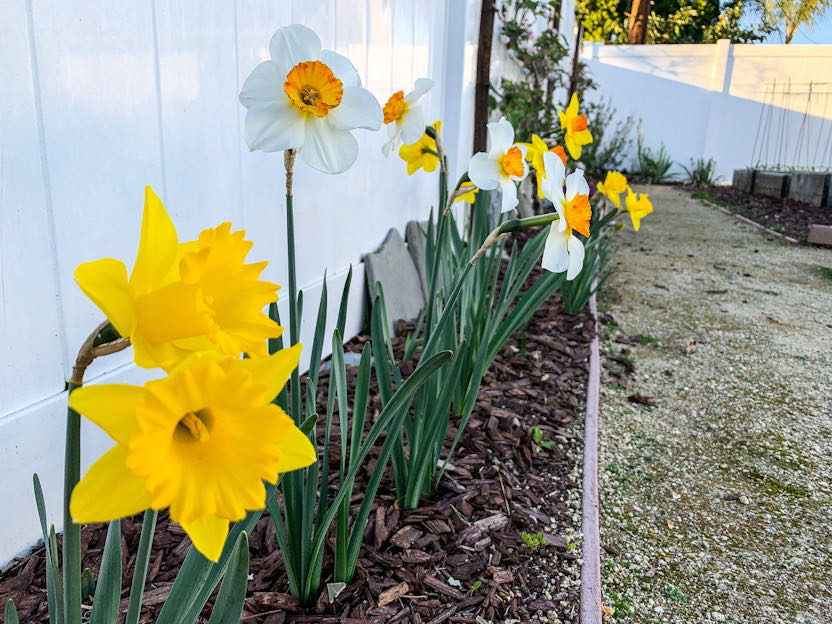The ever-wise Barbara Fister has an article in The Atlantic on meta-literacy, libraries, and a scourge of misinformation. Fister succinctly articulates what many librarians, I suspect, have been feeling for some time now:
[T]he present moment demands serious inquiry into why decades of trying to make information literacy a universal educational outcome hasn’t prevented a significant portion of the population from embracing disinformation while rejecting credible journalistic institutions.
Information literacy instruction was a core element of my masters in library and information science program back in 2012 and has been a recognized essential of the academic librarian’s work since at least 2000. However, as Fister points out, we are struggling against entities with immense power and resources: the attention economy. Combine that with the unintended consequence of teaching an over-reliance on one’s personal exegetical abilities lacking any connection to shared authoritative framework, and here we are. We, the education complex, have done such a thorough job teaching bias that it is now the primary lens through which students see the entire information economy. At some point, though, we have to trust in something other than ourselves.
I do find hope in Fister’s piece. Hope that we still have room to grow as educators. Hope that our students are already savvy to the ideas we want them to internalize. Hope that teaching information literacy can still be engaging, useful to a democratic society, and worth spending resources on in colleges and universities. I especially love Fister’s suggestion that “students could be asked to describe their own practices online, their personal “code of ethics” as they navigate their social networks, and discuss those in comparison with codes of ethics from […] other disciplinary or professional societies.”
In another life, one which I am not middle management, I would set aside the time to create an open course or OER textbook on meta-literacy, using the knowledge and experience I’ve gained being a netizen these past 2+ decades. At one point, I began outlining such a course, but life and new job opportunities got in the way.
